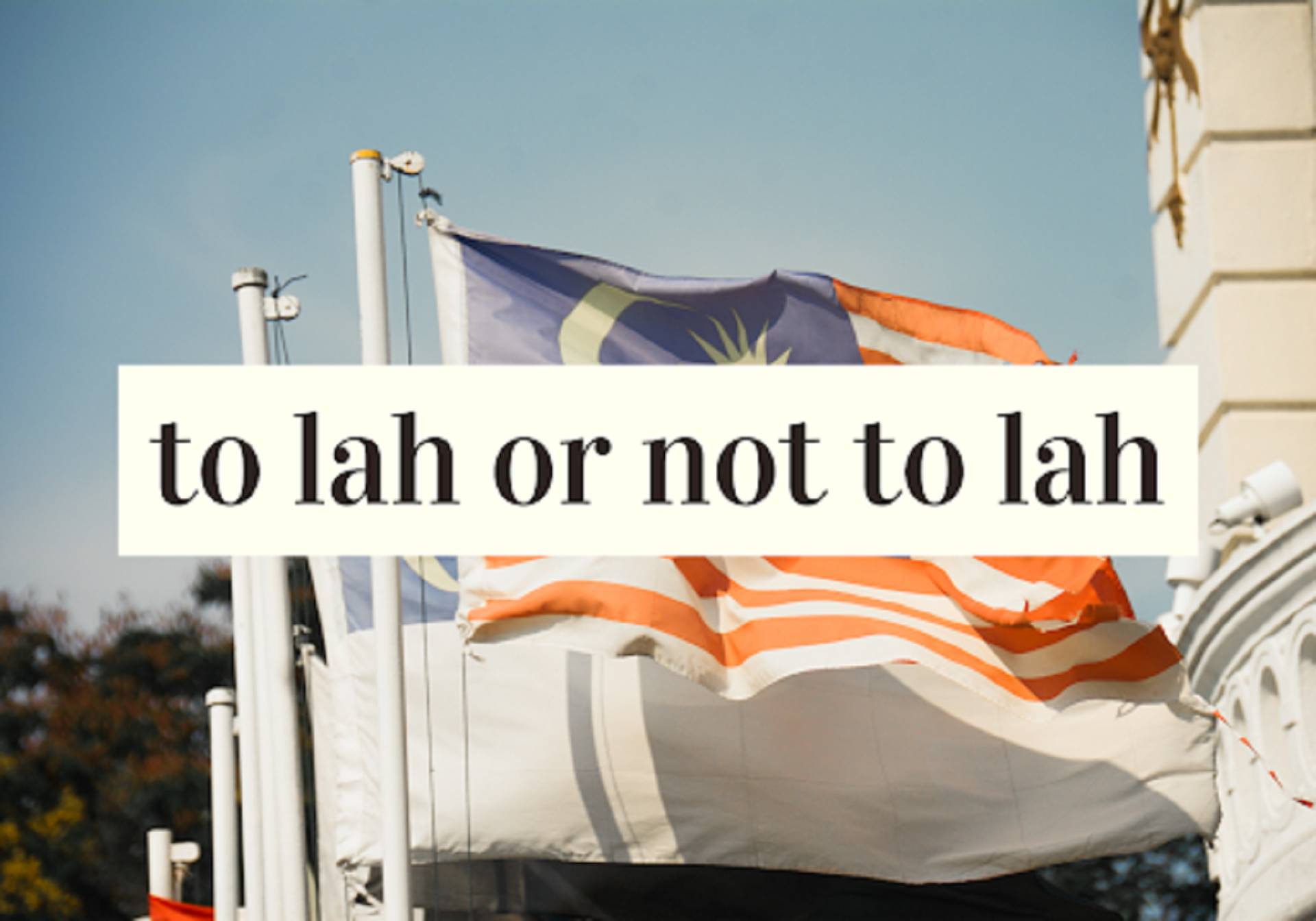To LAH Or Not To LAH: Localising Your Marketing Strategies
The world is diverse, but customer experience is local.

They say think global, act local.
But why?
As individuals, we always feel belonged to groups and communities that understand us - this usually means sharing the same language or life experience.
Therefore, companies and brands, especially multinationals, know that implementing a one-size-fits-all marketing strategy will never work. Rather, they’d be seen as out of touch as consumers fail to relate to brands.
At certain times, a blanket approach can also go horribly wrong. One good example of this was when KFC first expanded to mainland China. The fast food brand’s slogan ‘It’s Finger Lickin’ Good’ was badly translated to ‘Eat Your Fingers Off’.
 Image via Global Marketing Professor
Image via Global Marketing Professor
Another common mistake brands make is implementing cross cultural marketing strategies that try to appeal to every culture but could sometimes be inappropriate to others.
(Note: Cross-cultural marketing refers to the strategic process of marketing among consumers whose culture is different from that of the marketer's own culture.)
In an ad for Pampers in the U.S, Procter and Gamble Co. used the imagery of the western folklore of a stork delivering diapers to advertise their products.
It was fine up until they incorporated a similar ad and packaging in Japan where the stork folklore simply does not exist. This caused a huge drop in sales.
 Image via Thunder Bird
Image via Thunder Bird
These instances demonstrate the importance of choosing the right marketing approaches and why they’re important to create a relatable experience that has a local relevance.
Different, but same same: appealing to a wide audience
Malaysia is a multicultural country consisting of people from different cultures and ethnicities who speak distinct dialects and languages. When devising marketing strategies aimed for the general Malaysian audience, the best bet is to find a common interest among all these different walks of life.
Last year, we saw McDonald’s launch their OOH (Out-of-Home) campaign to celebrate the uniqueness of each Malaysian state. The campaign featured creatively designed billboards using the iconic McDonald’s menu like french fries, burgers, chicken nuggets, barbeque sauce and ice-cream to visually represent the famous attractions of Malaysian states.
 Image via Marketing Magazine
Image via Marketing Magazine
Kuala Terengganu’s iconic natural heritage - Sea Turtles.
 Image via Marketing Magazine
Image via Marketing Magazine
The landmark of Sabah with its famous song by Kimin Mudin, “Tinggi-tinggi Gunung Kinabalu”.
 Image via Marketing Magazine
Image via Marketing Magazine
Petronas Twin Towers portrayed by two sundae cones and a french fry with the caption, ‘May we meet again in Kuala Lumpur’.
McDonald’s has always been a successful brand in terms of localizing their brand messages and being able to relate to their customers. This campaign shows that no matter how different Malaysians can be from one another, we share the same experiences and knowledge that make us citizens of this country: in this case it’s love for McDonald’s and our famous tourist attractions.
In a more recent example, the largest Malaysian cinema company Golden Screen Cinemas went viral for one of their Facebook posts reminding their patrons to follow the SOPs in their cinemas.
 Image via GSC Facebook
Image via GSC Facebook
With local slangs like “meh” and “ah” blended in with a slight sneer at the typical Malaysian behavior, the admins of GSC’s Facebook successfully turned a simple announcement into a source of entertainment for many of us. It wasn’t only effective in delivering its intended message, but also garnered massive public attention that many companies can only dream of.
The post itself has garnered over 48k reactions and 27k shares. (We are vouching for a raise for GSC’s FB admins!)
Developing relationships with local communities
Localising a brand’s marketing strategy is sometimes more than just speaking the local language. It’s all about ensuring that a brand can resonate with their audience and provide them value.
While our economy is still recovering from the hit of COVID-19, Kelvin Long, co-founder of the Malaysian retail brand - APOM, has come up with a campaign to encourage Malaysians to support the local industries.
As National Day is approaching, Kelvin urges all Malaysians to let August be the month of supporting Malaysian products through his ‘JomSupportLocalLah’ campaign.
 Image via Star.
Image via Star.
The campaign received a booming response as Malaysians were inspired by the idea of supporting local businesses during this tough time. His movement has brought out the spirit of unity and pride for Malaysia’s unique identity, which enhances the value of his campaign and built a closer relationship between his brand and the audience.
Right now, the best way for businesses to rise from the pandemic is through creative personal branding. Like the examples shown above, successful brands understand the importance of having a presence, while at the same time, knowing how to grab the attention of consumers.
Few tips on how you could approach developing marketing strategies that can localize your brand’s messages are:
- Understand your target consumers’ preferences - conduct extensive planning and research.
- Find out what social media platforms your target market uses the most.
- Tailor your campaign image and message to fit the local multicultural scene.
- Determine the behavior of your target audience and tailor your SEO to fit their pattern.
Last but not least, the best way to carry out a good localization strategy is through the incorporation of local experts into your business. If you find yourself in need of more branding and marketing strategies and advice, drop us an email at info@xaviermah.my.


